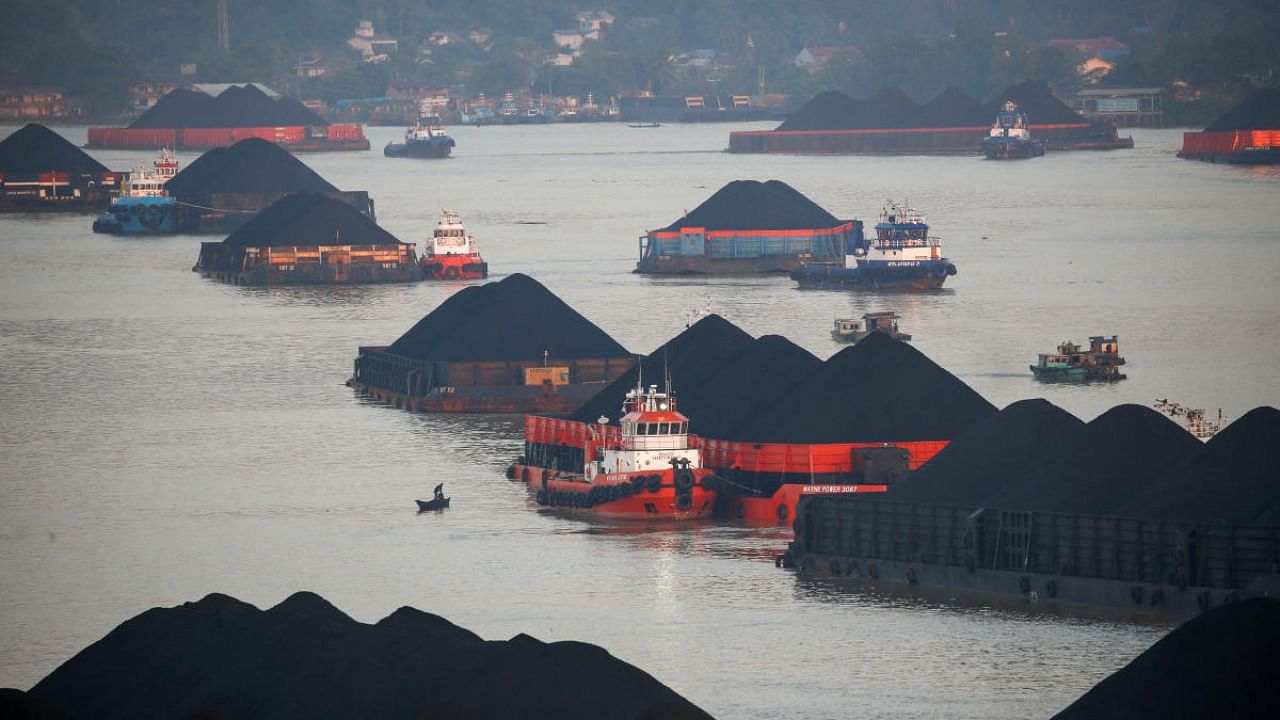
By David Fickling
Future generations may well remember Elon Musk for his self-destructive $44 billion Twitter Inc. takeover, his vile attack on a cave diver trying to rescue a junior soccer team, or his bizarre and troubling interventions in the Ukraine conflict.
There’s one solid feat that will be hard to take away from him, however. By building Tesla Inc. at a time few thought electric cars were remotely viable, he was a catalyst who transformed the global automotive industry as drastically as Henry Ford or Eiji Toyoda.
That’s a decent way of thinking about the $20 billion deal announced in Bali this week to put Indonesia on a path to hit net-zero emissions by 2050.
By any stretch of the imagination, the plan — known as the Just Energy Transition Partnership, or JETP, and intended to be funded 50-50 by a consortium of rich countries and developed-world banks — is a moonshot. It would cap emissions from Indonesia’s power sector at 290 million metric tons by 2030, not much more than the 258 million tons of pollution in 2019. Renewable generation would rise to 34 per cent of the total by the same date, up from 18 per cent at present, while coal-fired power plants would retire early.
If it succeeds, the project will show that energy transition is possible even where the natural and political barriers to decarbonisation are steepest. If it fails, attitudes to rapid climate action may be tainted for years to come.
Getting Indonesia off its current resource-intensive path is crucial. The world’s fourth-most populous nation, home to 276 million people, is also its biggest exporter of coal. Though its current emissions are relatively minor — somewhere between those of Canada and South Korea, and less than a third of China’s on a per-capita basis — unchecked they could grow substantially as the country urbanises and grows wealthier.
Yet Indonesia’s natural barriers against switching to renewables are among the highest anywhere. Strung across more than 17,000 islands along the becalmed equator, wind speeds are some of the lowest in the world. Solar potential is lackluster, too, on a par with central Europe.
Topography makes matters worse. Java, with a population bigger than Japan and almost five times the density of the UK, is almost devoid of decent conditions for large-scale renewable generation. The best resources are on the islands of Sumatra and Sulawesi, but getting that power to the people who need it would involve undersea transmission lines stretching for hundreds of miles, likely adding $10 to $20 to the cost of each megawatt-hour of renewable electricity.
For countries accounting for 90 per cent of electricity consumption, renewables are now the cheapest source of new generation. Indonesia is a prominent exception: New coal power at $73/MWh is more affordable than solar at $83/MWh and wind at $136/MWh, even before those transmission costs are paid. Putting fuel through an existing coal-fired plant is cheaper still.
Set against all this is the might of the domestic coal industry. In rich countries and even emerging-market giants like China and India, coal hasn’t been very competitive against renewables for years. The uptake of wind and solar would be even more rapid if regulatory inertia wasn’t putting a thumb on the scales in favor of fossil fuels.
That’s not the case in Indonesia. Its vast open-cut mines produce a low-sulfur coal that’s cheap to burn, especially when you consider the minimal shipping cost to domestic furnaces. Its power plants are young, with an average age of 12 years. State-owned utility PLN is guaranteed a supply of price-capped fuel, while take-or-pay contracts mean coal-fired megawatts must be paid for whether they’re used or not. Much of the cost of the JETP will probably come from just unpicking those rules and compensating PLN for the policy reversal.
Even after such reforms, renewables look uncompetitive compared to other countries. BloombergNEF estimates that falling prices for photovoltaics still won’t see the median solar plant undercut existing coal plants for a decade, something that’s already happening across much of the world. Wind won’t get there this side of 2050.
In a worst-case scenario, the JETP could provide a slush fund to close generators that would retire anyway because of the gross overcapacity of Indonesia’s main grid, with enough get-out clauses for existing dirty practices to continue. The existence of near-term targets will help gauge early whether the plan is on track, but far more detail is needed before we’re able to judge.
That matters, because the world is often driven by just-so stories told between overworked executives and politicians, rather than the most sober analysis. The popular meme that ESG investing caused this year’s energy crisis seems to have generated more headlines than policy reversals. If the JETP doesn’t come off, the argument that energy transition plans are little more than vast boondoggles might be more persuasive.
Already, there are signs that South Africa’s transition plan, in some ways a model for Indonesia’s, is foundering amid the local politics of coal. That could jeopardise the bigger prize on the horizon, the trillion-dollar transition of India’s power sector floated by Prime Minister Narendra Modi last year. Further off still lies China, which burns more than half the world’s coal and could look at the JETP as a model for renewing its own generation fleet.
Those worries are all valid. And yet, Indonesia — rich in battery materials, biofuels and workers keen to assemble the supply chain for the world’s energy transition — has much to gain from turning itself into a green superpower. If the JETP can be pulled off, it will have achieved what the Tesla Roadster did 14 years ago: showing a skeptical public that the potential of energy transition is only limited by the scale of our ambitions. That’s a bet worth taking.